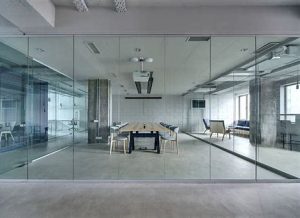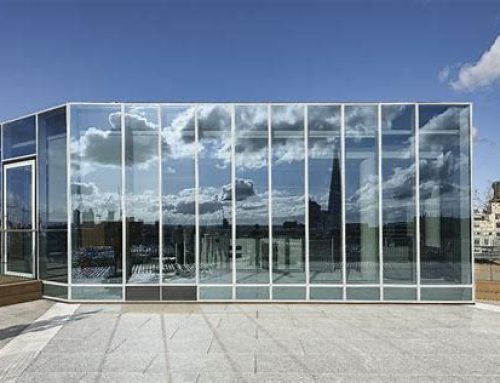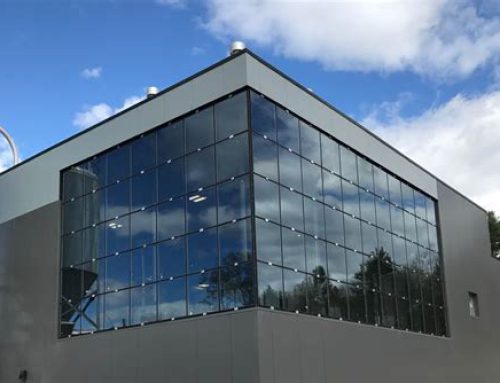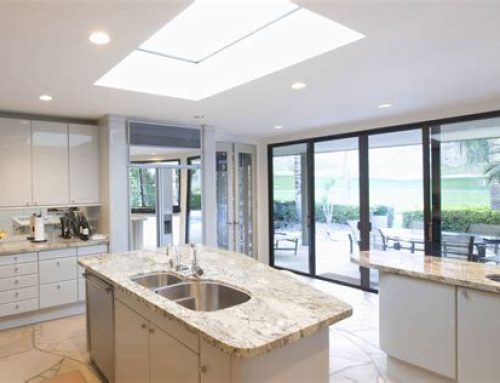frameless glass wall cost

Introduction:
frameless glass wall cost ,Frameless glass walls are a hallmark of modern architecture, offering a seamless blend of elegance and functionality. These transparent partitions not only enhance aesthetics but also create an illusion of space and promote natural light flow within a structure. However, one of the primary concerns for individuals or businesses considering frameless glass walls is the cost involved. In this article, we’ll delve into the various factors influencing the cost of frameless glass walls to provide a comprehensive understanding of the expenses associated with this architectural feature.
- Material Quality: The cost of frameless glass walls varies significantly based on the quality of materials used. High-quality tempered glass, typically thicker and more durable, will incur higher costs compared to standard glass panels. Additionally, factors such as glass clarity, tinting, and special coatings for UV protection or sound insulation can further affect the overall material cost.
- Size and Complexity: The size and complexity of the installation play a crucial role in determining the cost of frameless glass walls. Larger expanses of glass will naturally require more material and labor, driving up the overall expense. Similarly, intricate designs or custom configurations, such as curved or angled walls, will incur additional costs due to the specialized manufacturing and installation processes involved.
- Structural Considerations: Frameless glass walls often serve as load-bearing elements within a building’s structure, especially in commercial or high-rise applications. Consequently, structural engineering requirements can significantly impact the overall cost. Factors such as wind load calculations, seismic considerations, and the need for additional support elements like steel reinforcements or tension cables will contribute to the project’s expenses.
- Installation Method: The method of installation also affects the cost of frameless glass walls. While some installations may involve simple bolted connections, others might require more complex systems such as point-supported hardware or structural glazing. Each installation method has its associated material and labor costs, which should be factored into the overall budget.
- Site Preparation and Accessibility: Site-specific factors can influence the cost of installing frameless glass walls. For instance, if the installation site is difficult to access or requires extensive preparation work such as leveling the ground or reinforcing existing structures, the overall project cost will increase. Factors like transportation of materials to the site and any necessary permits or regulatory approvals should also be considered.
- Design Customization: Customization options, such as etched patterns, frosted finishes, or decorative elements, can add a unique aesthetic appeal to frameless glass walls but will also add to the overall cost. Similarly, integrating features like sliding or folding mechanisms for operable glass walls will involve additional expenses for specialized hardware and installation.
- Maintenance and Long-Term Costs: While the upfront cost of frameless glass walls is significant, it’s essential to consider the long-term maintenance and operational costs as well. High-quality materials and professional installation may incur higher initial expenses but can result in lower maintenance costs over time. Additionally, energy-efficient glass options can help reduce heating and cooling expenses, contributing to long-term savings.
- Cost Estimates: To provide a clearer picture of the potential expenses involved, let’s consider some approximate cost ranges for frameless glass walls. Keep in mind that these estimates are generalizations and actual costs may vary based on specific project requirements and regional factors:
- Basic frameless glass wall installations typically start at around $200 to $300 per square foot for standard quality materials and straightforward configurations.
- Mid-range installations, incorporating higher quality glass, custom designs, and moderate structural considerations, may range from $300 to $500 per square foot.
- Premium installations, featuring top-of-the-line materials, intricate designs, complex structural requirements, and specialized customization options, can exceed $500 per square foot or more.
It’s important to obtain detailed quotes from reputable contractors or glass specialists to accurately assess the costs based on your project’s unique specifications.
- Cost-Saving Strategies: While frameless glass walls can be a significant investment, there are several strategies to help manage costs without compromising quality:
- Opt for standard glass thicknesses and clear finishes to minimize material expenses.
- Simplify designs and configurations to reduce labor and installation complexity.
- Explore alternative installation methods or hardware options that offer a balance of aesthetics and cost-effectiveness.
- Consider prefabricated or modular glass wall systems for more straightforward installations and quicker turnaround times.
- Collaborate closely with architects, engineers, and contractors to identify cost-saving opportunities without sacrificing design integrity or structural integrity.
By carefully evaluating these cost-saving strategies and prioritizing essential features, you can achieve a balance between your budgetary constraints and design aspirations.
- Return on Investment (ROI): Despite the initial investment, frameless glass walls can offer substantial returns in terms of aesthetics, functionality, and property value. Their ability to enhance natural light, create flexible spaces, and improve visual connectivity can enhance the overall appeal and usability of a property. Additionally, modern architectural features like frameless glass walls can differentiate a property in the marketplace, potentially attracting tenants, clients, or buyers and commanding higher rental or sale prices.
It’s advisable to consider the long-term benefits and potential ROI when evaluating the cost of frameless glass walls, viewing them as an investment in the quality, functionality, and value of your property.
- Sustainability Considerations: In addition to the aesthetic and functional benefits, frameless glass walls can also contribute to sustainability goals. By maximizing natural light penetration, these installations can reduce the need for artificial lighting during daylight hours, thereby lowering energy consumption and associated costs. Moreover, incorporating energy-efficient glass options, such as low-emissivity (Low-E) coatings or insulated glazing units, can further enhance thermal performance and reduce heating and cooling loads, leading to energy savings over time. When assessing the cost of frameless glass walls, it’s essential to consider the potential long-term environmental and cost-saving benefits associated with sustainable design choices.
- Lifecycle Cost Analysis: To gain a comprehensive understanding of the overall cost implications, it’s beneficial to conduct a lifecycle cost analysis (LCCA) for frameless glass wall installations. LCCA involves evaluating all costs associated with the project over its entire lifecycle, including initial investment, maintenance, repairs, and eventual replacement or disposal. By accounting for these factors and calculating the net present value (NPV) or internal rate of return (IRR), stakeholders can make more informed decisions regarding the economic viability of frameless glass walls compared to alternative partitioning solutions. While upfront costs may be higher, a thorough LCCA may reveal that frameless glass walls offer superior long-term value and performance, making them a worthwhile investment.
- Vendor Selection and Negotiation: When sourcing materials and services for frameless glass wall projects, it’s crucial to research and evaluate multiple vendors to ensure competitive pricing and quality. Requesting detailed quotes and conducting thorough due diligence can help identify reputable suppliers with proven track records of delivering high-quality products and craftsmanship. Additionally, negotiating pricing and terms with vendors, especially for larger projects or repeat business, can lead to cost savings and favorable arrangements. Building strong relationships with trusted vendors can also facilitate ongoing support and maintenance, further enhancing the overall value proposition of frameless glass walls.
- Project Management and Oversight: Effective project management is essential for controlling costs and ensuring the successful execution of frameless glass wall installations. By appointing experienced professionals or engaging project management services, stakeholders can streamline coordination, minimize delays, and mitigate risks throughout the project lifecycle. Clear communication, proactive problem-solving, and adherence to timelines and budgets are critical elements of effective project management. Investing in competent project management capabilities can ultimately contribute to cost containment and the overall success of frameless glass wall projects.
Conclusion:
Frameless glass walls offer a compelling combination of aesthetics, functionality, and versatility, making them a popular choice for modern architectural design. While the cost of implementing these features can vary based on numerous factors, careful planning, strategic decision-making, and attention to detail can help manage expenses effectively. By considering sustainability considerations, conducting lifecycle cost analyses, selecting reputable vendors, and implementing robust project management practices, stakeholders can optimize the value proposition of frameless glass walls and realize their full potential as transformative architectural elements. With thoughtful consideration and prudent investment, frameless glass walls can elevate the aesthetics, functionality, and sustainability of interior spaces while delivering long-term value and performance.





Leave A Comment